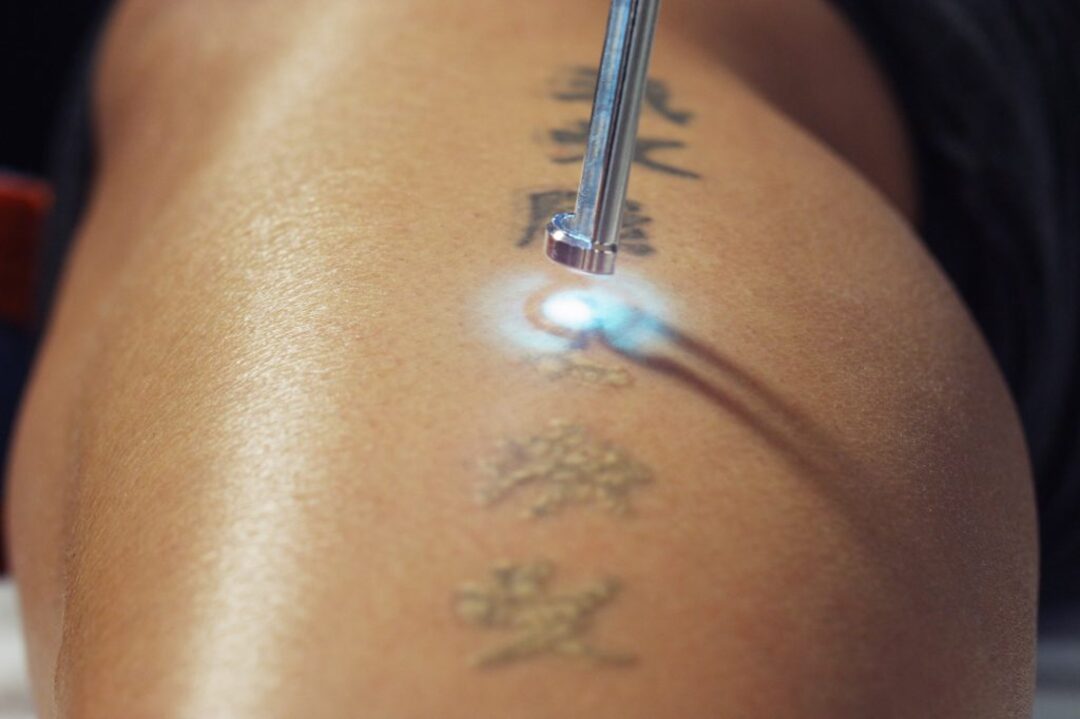Tattoo removal has become increasingly popular worldwide, and Dubai is no exception. With state-of-the-art laser technologies, Dubai offers effective solutions for individuals looking to remove unwanted tattoos. However, the success of tattoo removal largely depends on factors like the tattoo’s ink color, age, and size, among others. This guide explores the success rates of laser Tattoo Removal Dubai by tattoo type and highlights key considerations for achieving the best results.
Understanding Laser Tattoo Removal
Laser tattoo removal is a non-invasive procedure that uses high-intensity light beams to break down the ink particles in a tattoo. The body’s immune system gradually removes these fragmented ink particles over time. Different laser wavelengths target specific colors of ink, allowing specialists to customize treatments for various tattoo types. Success depends on choosing the right laser settings, tattoo characteristics, and the skin type of the individual.
How Ink Colors Affect Removal Success
Tattoo ink colors significantly influence laser tattoo removal effectiveness. Black ink is the most responsive to laser treatment due to its ability to absorb multiple wavelengths, making it relatively easier to remove. In contrast, colors like green, yellow, and light blue can be more resistant to laser energy, often requiring more sessions or specialized lasers.
Black and Dark Colors
Black and dark blue inks absorb a broad range of wavelengths, which makes them easier for lasers to target and break down. The success rate for removing black tattoos is typically higher, with visible fading often seen in the initial few sessions. The lasers penetrate deep into the skin to fragment the dark pigments, which the immune system can then gradually clear.
Bright and Light Colors
Lighter colors such as yellow, white, and pastel shades can present more of a challenge. Because these colors do not absorb light as effectively, they are harder for lasers to target. As a result, complete removal may not always be possible for these shades, and visible remnants of the tattoo might remain after several treatments. However, advancements in laser technology are improving the chances of fading light-colored tattoos.
Green and Blue Inks
Green and blue inks lie somewhere between dark and light colors in terms of removal difficulty. Historically, green ink has been challenging to treat, but specific lasers that target green wavelengths have improved success rates. Blue inks, while not as stubborn as green, may also require multiple sessions for effective removal.
Tattoo Age on Removal Success
The age of a tattoo plays a significant role in how easily it can be removed. Older tattoos tend to fade over time, making them less dense and often easier to break down with laser treatments. The body has already begun to clear some of the ink, which can make the laser process faster and more successful.
Fresh Tattoos
Fresh tattoos generally contain highly concentrated ink, which may be more resistant to laser energy. In addition, the skin has had less time to naturally fade the tattoo. For this reason, newly applied tattoos may require more sessions and have a lower immediate success rate than older tattoos. Generally, a waiting period after getting a tattoo is recommended before starting laser removal to allow the skin and ink to settle.
Aged Tattoos
Older tattoos tend to respond better to laser treatments, as the ink has already partially faded due to exposure to sunlight and the body’s natural processes. For tattoos that are several years old, the success rate of laser removal can be higher, with quicker fading seen in fewer sessions.

Tattoo Size and Placement
The size and placement of a tattoo are also crucial factors in determining the success rate of laser removal. Smaller tattoos are easier to target and typically require fewer sessions than larger tattoos. In contrast, large tattoos may need sectioned treatment over several sessions, as each session is limited by the skin’s tolerance for laser exposure.
Small Tattoos
Smaller tattoos are generally easier to remove as they cover a limited skin area, which allows for more focused laser treatment. With smaller tattoos, the laser can often reach and fragment the ink particles in fewer sessions, leading to quicker fading and higher success rates.
Larger Tattoos
Larger tattoos require more extensive treatment. Given the skin’s recovery needs, treating large tattoos in one session isn’t feasible, as it would involve too much exposure to laser energy. Instead, these tattoos are treated in sections over multiple sessions, which can lengthen the overall process.
Placement on the Body
The location of a tattoo on the body can also impact removal success. Areas with a stronger blood flow, like the face, neck, and upper body, often see quicker fading. Areas with lower blood flow, like the lower legs and feet, may take longer to show significant fading.
Professional Tattoos
Professional tattoos usually have evenly applied, high-quality ink, making the laser’s job easier in terms of targeting uniform ink particles. However, because of the high pigment density and the consistent depth of ink, professional tattoos often require more sessions for complete removal.
Amateur Tattoos
Amateur tattoos often involve less pigment density and irregular ink placement. This can lead to quicker fading in some cases, as the laser has less concentrated pigment to target. However, the uneven ink distribution can sometimes cause an inconsistent fading pattern, requiring additional care and specialized treatment.
Skin Type and Its Influence
Skin type can play a significant role in tattoo removal success. The Fitzpatrick Skin Type Scale categorizes skin into six types, from very light to very dark. Lighter skin types typically respond more quickly to laser tattoo removal, as there’s less melanin that can absorb and interfere with the laser energy. Darker skin types may require more careful settings and different laser wavelengths to avoid affecting the surrounding skin’s pigment.
Immune System
Laser tattoo removal doesn’t rely solely on technology; the immune system plays a vital role in clearing the fragmented ink particles from the skin. After each laser session, the body’s immune system gradually removes the ink particles, leading to visible fading. Strong immune systems tend to support faster tattoo removal, while individuals with weaker immune systems may see slower progress.
Achieving the Best Laser Tattoo Removal Results
Laser tattoo removal can offer highly successful results when performed by a skilled technician using the right equipment. In Dubai, individuals benefit from access to advanced laser technologies tailored to various tattoo types. The success rates of laser tattoo removal are influenced by tattoo characteristics such as color, age, size, and location, as well as factors like skin type and immune system health.





.jpg)
Comments